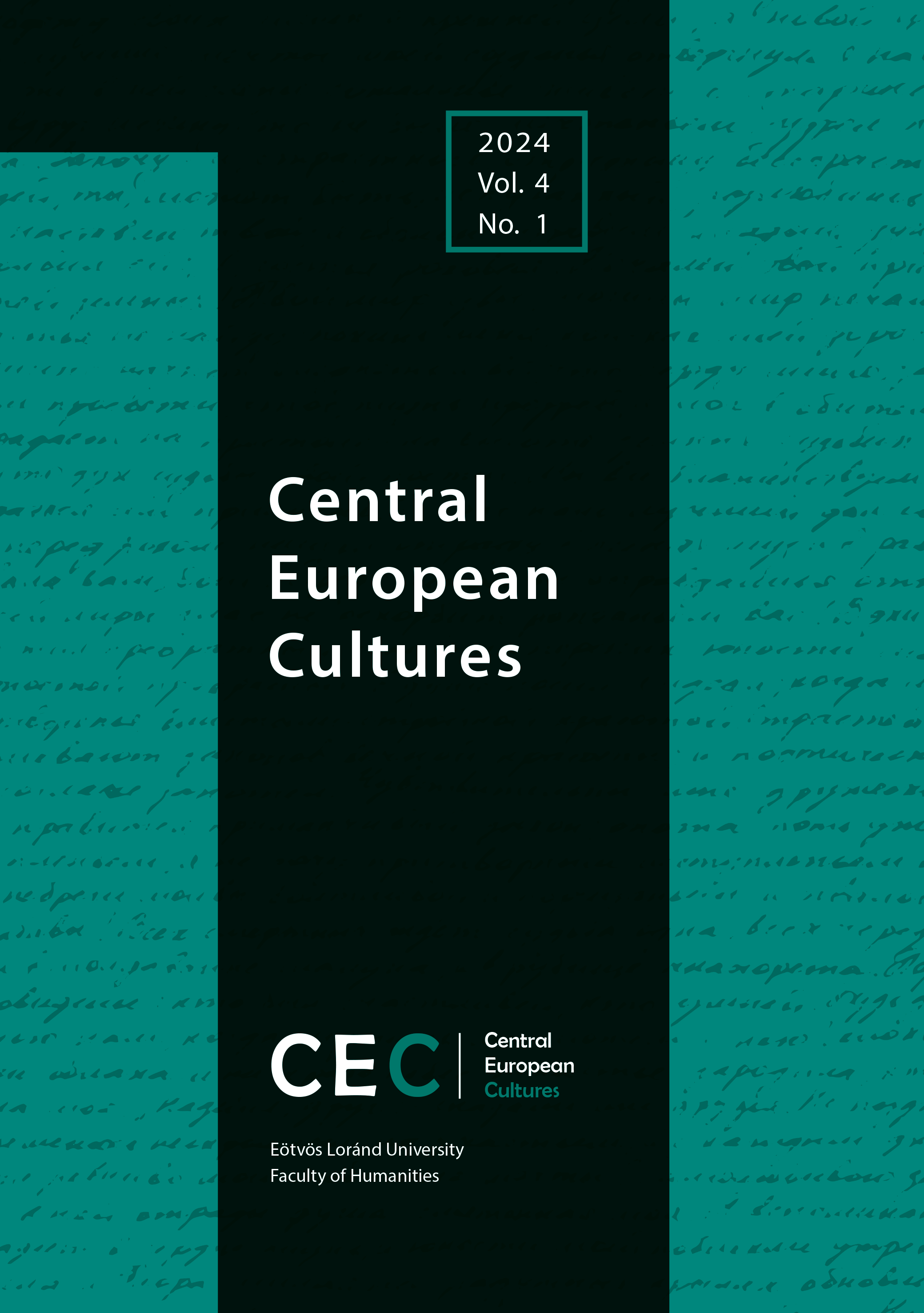Published 2024-09-16
Keywords
- Péter Nádas,
- Hungarian literature,
- 1956,
- crowds,
- swarm
- revolution,
- panic ...More
How to Cite
Copyright (c) 2024 Author(s)

This work is licensed under a Creative Commons Attribution-NonCommercial 4.0 International License.
Abstract
The article examines the representation of the crowd in Péter Nádas’s Parallel Stories. In the plot, there are multiple scenes including the masses that highlight different features of the phenomenon. I argue that the 1956 Hungarian Revolution appears in the novel as a fundamental experience of society, influencing the nature of people’s gatherings even after its defeat. Firstly, I show that the characteristics of the swarm appear in the cooperation of people foraging for food during the revolution. However, the bread queue represents the extreme behaviour and the aggression of the acquisitive masses, whose collective action is always directed at acquiring something. Thereafter, I examine the representations of crowd panic in the basement scene of the 1956 cannonade and of the 1957 railway station gathering. Finally, I scrutinise two scenes with the seemingly liberated and intoxicated crowd. The analysis focuses on the relationship between the crowd and the individual, on the narrative representation of the crowd, on its influence on the participants’ perceptions, and the associated attributes.

